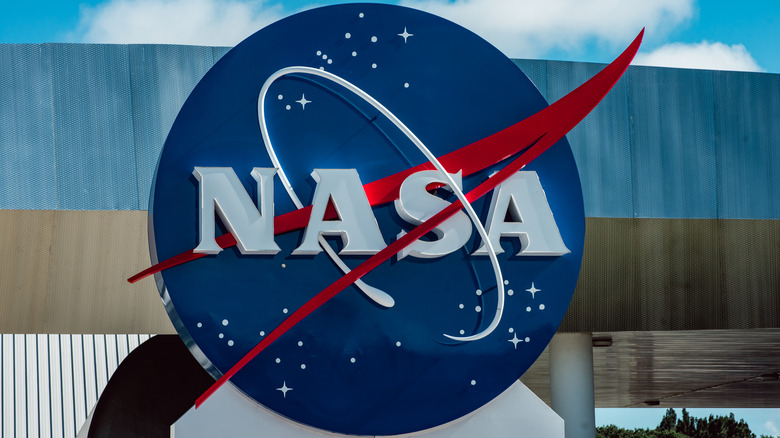NASA Is Officially Joining The Hunt For UFOs
NASA has announced that it is setting up a team to conduct a detailed study covering Unidentified Aerial Phenomena (UAPs), more commonly referred to as UFOs, that will analyze all the past relevant records of such events with a scientific lens. The study, which is expected to last for around nine months, will involve experts from fields across aeronautics, science, and data analytics who will try to formulate the best collection and observation practices for studying UAPs.
Though UAP reports are often referred to as UFO sightings, NASA's press announcement doesn't mention that terminology, nor does it speculate about any extraterrestrial links. "There is no evidence UAPs are extra-terrestrial in origin," says the space agency's press release. Thomas Zurbuchen, the Associate Administrator at NASA Science Mission Directorate, made it clear on Twitter that the focus is on the collection and identification of UAP events, and applying scientific methods to verify their origin for improving "our understanding of the unknown."
It is also worth mentioning here that NASA's reasons for commissioning the study aren't motivated by a raw excitement to find aliens. Instead, the agency suggests that it is going to delve into the world of UAPs because they might pose national security and air safety risks. NASA, however, also has an active astrobiology program that aims to find traces of biological activity in the farthest corners of the cosmos.
The study won't be published for several months
Interestingly, NASA voiced concerns over the sentimentalization of "alien life discovery" in October 2021. The agency has pushed for setting up a framework called the "Confidence of Life Detection" (CoLD) scale. The goal is to ensure that when the first signs of extraterrestrial biosignatures pop up on humanity's radar, it is not misreported as concrete evidence of discovering alien life. Instead, the agency hopes that it will be done responsibly, and with proper critical and scientific assessment in place.
The Pentagon, on the other hand, already runs the Airborne Object Identification and Management Synchronization Group, whose existence was first reported by The New York Times in 2018 when the classified project went by the name Unidentified Aerial Phenomena Task Force (UAPTF). NASA, however, clarifies that it is not part of this program, which is currently overseen by the U.S. Department of Defence.
According to study lead David Spergel, who previously headed the astrophysics department at Princeton, NASA's project will first focus on collecting UAP-related data from government, civilian, non-profit, and corporate sources, and will subsequently try to make sense of it. More importantly, NASA has promised that its entire report will be shared publicly, in line with its transparency and scientific integrity ethics.

